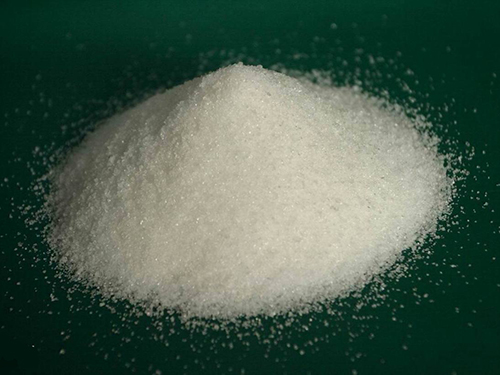flocculant chemicals for water treatment
Flocculant Chemicals for Water Treatment A Comprehensive Overview
Water is an essential resource that sustains life, and its purity is crucial for health, environmental stability, and overall quality of life. Throughout the water treatment processes—whether it be for drinking water, wastewater, or industrial applications—flocculant chemicals play a pivotal role in enhancing the quality of water through effective coagulation and flocculation processes. This article delves into the significance of flocculant chemicals in water treatment, their types, and their benefits.
Understanding Flocculation
Flocculation is a water treatment process that involves the aggregation of suspended particles into larger clusters, called flocs. These flocs can then be easily removed from the water, either through sedimentation or filtration. The flocculation process is typically preceded by coagulation, where coagulants—substances that cause sedimentation—are added to destabilize the particles suspended in the water, allowing them to bind together.
Types of Flocculant Chemicals
Flocculants can be broadly classified into two categories organic and inorganic.
1. Organic Flocculants These are usually synthetic polymers, characterized by their high molecular weight and charge density. Common organic flocculants include polyacrylamide, polyethylene oxide, and polyamines. These chemicals are effective in treating both drinking water and industrial wastewater due to their ability to improve the settling rates of solids.
2. Inorganic Flocculants Commonly used inorganic flocculants include aluminum sulfate (alum) and ferric chloride. These substances function effectively in reducing turbidity and are particularly useful in municipal water treatment facilities. They are less expensive than organic alternatives and have a long history of successful application in water purification.
3. Natural Flocculants Derived from natural sources, these include substances like chitosan and starch. Natural flocculants are becoming increasingly popular due to their eco-friendliness and biodegradability, making them a sustainable choice for water treatment.
flocculant chemicals for water treatment

Benefits of Using Flocculant Chemicals
1. Improved Water Clarity The primary function of flocculants is to enhance the clarity of water by removing suspended particles, which can lead to reduced turbidity levels. This is particularly critical in producing potable water.
2. Enhanced Removal of Contaminants Flocculants aid in the removal of not only microorganisms but also heavy metals and other harmful substances from water, ensuring compliance with health standards.
3. Efficiency in Water Treatment Processes By increasing the size and weight of particles, flocculants improve the efficiency of sedimentation and filtration stages, leading to quicker processing times and reduced operational costs.
4. Versatility Flocculants can be tailored for specific applications, making them versatile for various industries, including food processing, pharmaceuticals, and mining, apart from their traditional uses in municipal water treatment.
5. Environmental Benefits With the rise in awareness about environmental sustainability, the use of natural flocculants presents a greener alternative. They help in processes that minimize chemical usage and residual waste.
Conclusion
The application of flocculant chemicals in water treatment is an integral aspect of maintaining water quality and safety. With various types of flocculants available, each with unique properties, water treatment facilities can select the most appropriate option according to their specific needs. The ongoing research and innovation in water treatment technologies continue to emphasize the importance of flocculant chemicals in meeting global water quality standards. As the world grapples with water scarcity and pollution challenges, the effective use of flocculants will remain a crucial element in the quest for clean, safe, and sustainable water resources. Harnessing the capabilities of these chemicals not only enhances water treatment processes but also plays a significant role in protecting public health and preserving the environment for future generations.
-
Understanding Polycarboxylic Acids: Properties, Applications, and Future PotentialNewsJul.28,2025
-
Scale Inhibitor Explained: How to Protect Your System from Limescale and Hard Water DamageNewsJul.28,2025
-
Scale and Corrosion Inhibitors: Essential Chemicals for Industrial Water System ProtectionNewsJul.28,2025
-
Polyaspartic Acid: A Biodegradable Polymer for Sustainable ChemistryNewsJul.28,2025
-
Isothiazolinones: A Versatile Antimicrobial Class with Industrial Power and Regulatory ChallengesNewsJul.28,2025
-
A Deep Dive into 2-Phosphonobutane-1,2,4-Tricarboxylic Acid (PBTC)NewsJul.28,2025





